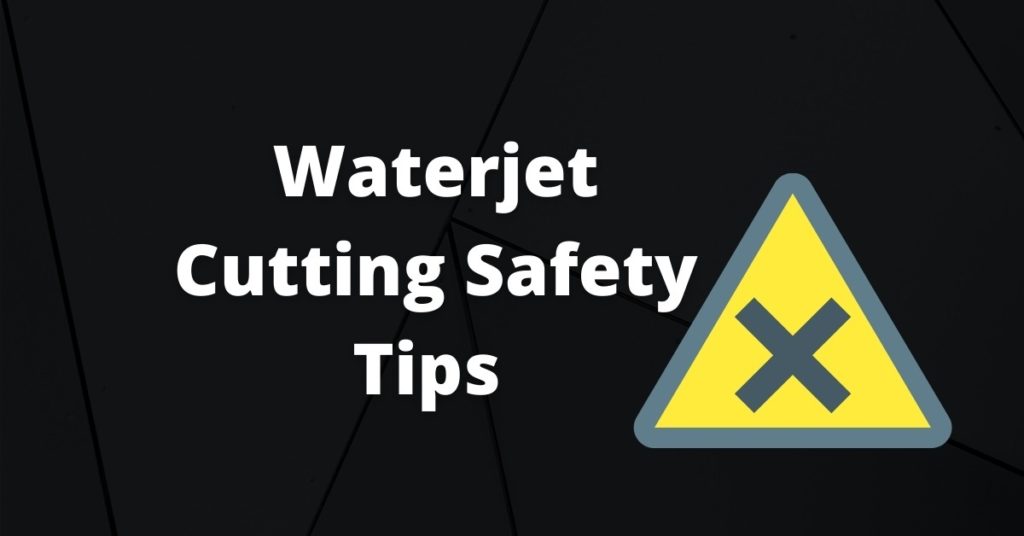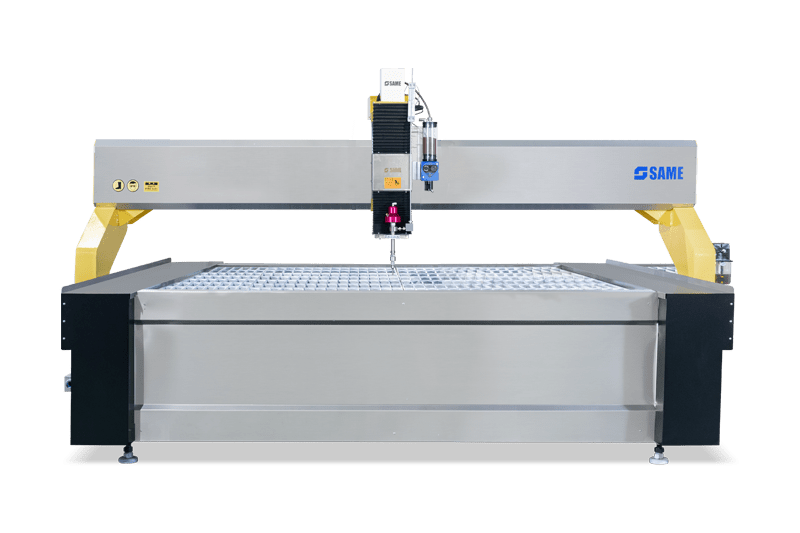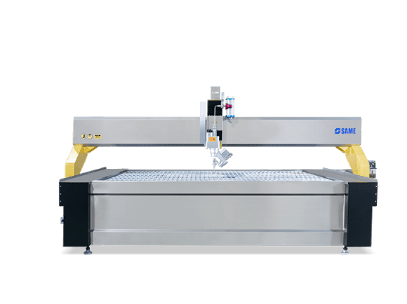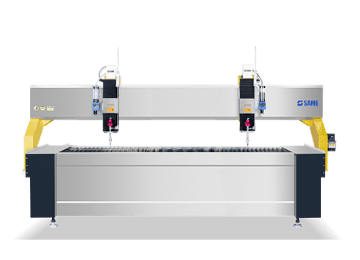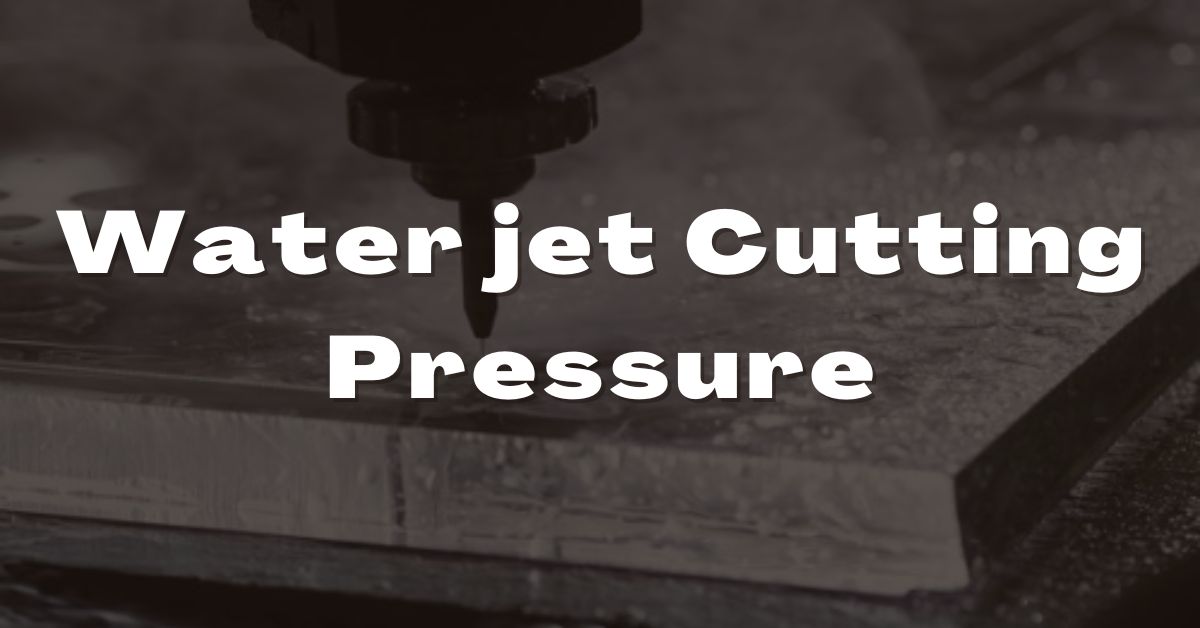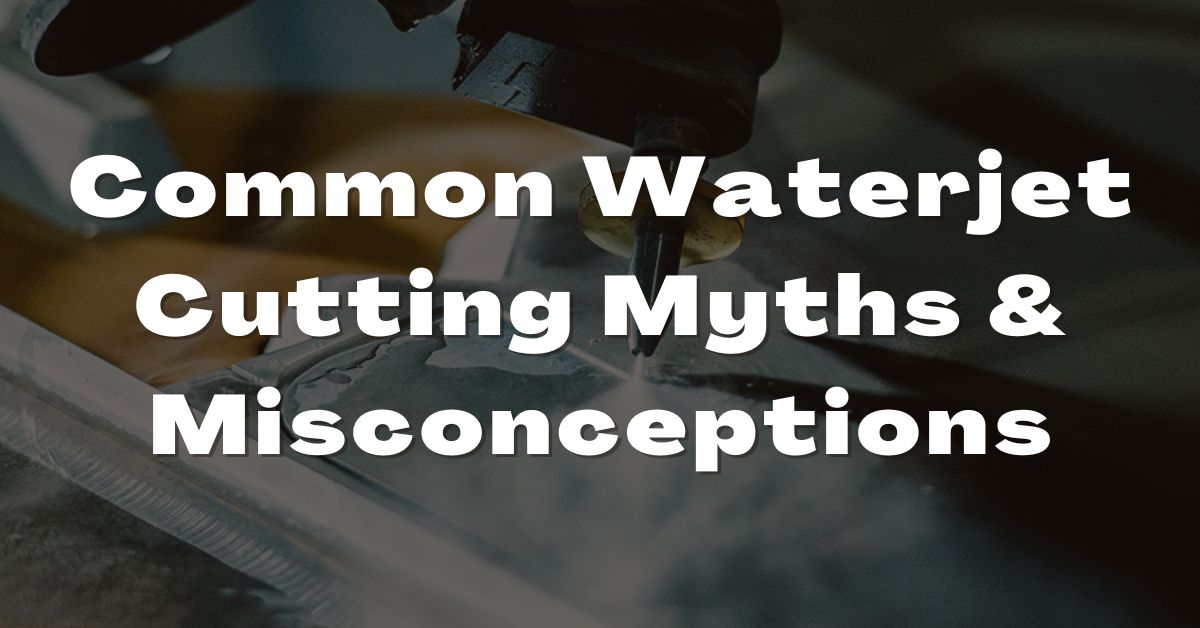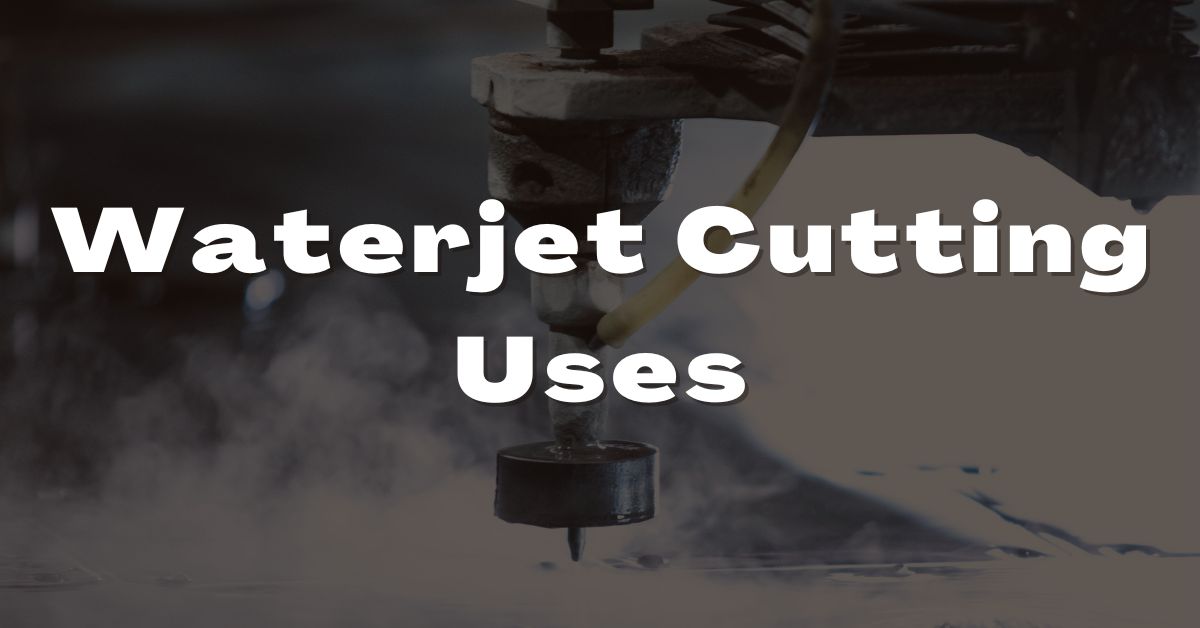Waterjets have become a very popular cutting machine in recent years and it only keeps getting better. As this machine is considered as one of the most powerful and most efficient cutting machine they do however have their own drawbacks. The most major one has to do with the operator’s safety.
Waterjet cutting safety is a major concern among waterjet operators. Some of the health concerns include blasting injuries, eye damage, ear damage, infections etc. To prevent these, safety regulations and guidelines are to be followed along with proper safety equipment.
In this article, I’ll be focusing on giving tips to deal with hazards and precautions that need to be followed when dealing with high-pressure water and hydro jetting methods. I’ll even go on and describe about how severe we can expect waterjet cutting injuries to be. Hence, if you’re a beginner to waterjets, I advise you to stay till the end of this article.
Quick Navigation
10 Waterjet Cutting Safety Tips For New Users
If you’ve been planning to use waterjet cutters for a while now, you might have thought about the several dangers and risk assessments that come with it as well. However, the world of high-pressure water jet cutting and hydro jetting poses a lot of health and safety hazards which you need to be first aware of before starting operation.
Hence, I’m here to make this job a lot easier for you. I’m going to simply list down the several tips that are crucial if you want to avoid high-pressure waterjet cutting injuries.
Focus and imprint all these tips in your mind right now so that the next time you are operating a waterjet all these come into your mind and help you act accordingly. So do I have your attention now? If yes, then without any further ado, let’s just jump into it.
Tip 1: Make sure the company you’re working for have safety policies and environment approved by the Work Health and Safety (WHS) regulations.
If you’re a worker expected to operate a waterjet cutter, you should always choose a workplace environment that poses no risk to health and safety. Also, you should always follow the code of health and safety and pay heed to any hazards you may come across at work.
Once you start working in a certified safe environment, you will be expected to be responsible for your safety by complying with certain policies.
Wear any PPE as provided by your company to avoid violation of health codes and to prevent any waterjet injuries.
Tip 2: Do not operate any high-pressure water jetting method while you are intoxicated, under the influence of a certain substance.
If you’re sick and taking prescribed medications that numb your sense, then please refrain from operating any hydro-jet equipment. Don’t do this even if you’re within the comforts of your own home and using your personal waterjet cutter.
Call off from work early if you’re tired or sleepy as not having full control over your sense and body can cause serious and fatal injuries.
Also, do I need to explain why you should never come to work drunk or if you’re under special substances? Not only is it not exactly legal in some states but you will also create a bad impression on your employers and colleagues.
Tip 3: If you’re using a waterjet for personal usage, always read the instructor safety operator’s manual.
If you’re an owner of a waterjet cutter, you will need to form your waterjet health regulation guidelines. Learn to recognize and be familiar with what safety symbols mean involved in each process of water jet cutting or hydro cutting. This is a critical step for both the safety of you and your family. Acting accordingly to the instructions will also prevent equipment damage.
Tip 4: Always wear a hydro jetting safety pressure washer personal protective equipment
If your workplace provides you with the necessary safety PPE equipment, then you are expected to comply and put them to use according to safety regulations. You should wear PPEs even if you’re a personal user while operating waterjet cutters as many dangers and risks may arise during operation. The next few tips will be focused on essential parts of your PPE.
Tip 5: Wear ISO-approved impact safety goggles/glasses
The most common form of damage that you may be most likely to suffer from while waterjet cutting is eye damage. The very high-pressure water jet cutting method will probably make you suffer from corneal tearing, retina detachments, or dislocation of eyes if you’re exposed to pressures as high as 40K-60K PSI.
Your eyes are the most delicate organs and operating within proximity towards waterjet cutters can most surely cause blindness if you’re not careful enough.
Whenever you’re using abrasive materials such as garnet with water to cut through thick and solid substances, your eyes are at danger if left uncovered. This is because the debris of said materials may fling right onto your eye. You can even expect abrasive materials to reflect off from harder substances right into your eyes.
Abrasive materials may be inert but they still can irritate your eyes or scratch right through your cornea. A well-fitting face shield can also protect your eyes as well as your face in cases like this.
Tip 6: Never not forget to wear ear protection equipment.
Waterjet cutting will require you to be familiar with loud consistent noises whether in the workplace or at the comfort of your own home. However, even if you may get used to the loud noise, you are required not to, as they can cause permanent hearing loss. Your eardrums may be ruptured if continued exposure to loud noises persists in your ears.
Hence you are required to stay aware of the sound level and ear protection at all times. Failing to do so may lead to tinnitus, lower hearing and might even lead to deafness. If you’re a professional waterjet operation, be sure to get regular hearing tests to ensure your ears are safe.
These waterjet machines at times operate at a speed faster than the speed of sound, hence if you’re not acting right, serious damage can take place in your ears. Remember the process of your ear damage will be passive as it occurs cumulatively and slowly, so keep those muffs nearby!
Tip 7: Wear Kevlar-reinforced cut-resistant safety gloves for your hands.
This is done to prevent any sort of water blast damage or cut hazards involving your hands. Sliding bare hands can cause waterblast or might cut off your fingers if you’re not careful.
You can even get cuts while dealing with slats when the machine is turned off. Removing or placing new materials into these slats is best done with the help of anti-cut proof gloves. Exposure to abrasive materials and irregular cleaning can breed bacterial growth which can get onto your cuts and cause infections! A glove a day keeps the cuts away!
Tip 8: Wear knee pads, shin pads, helmets and always stay away from waterjet stream unless required.
The waterjet stream is really strong. There is no way to undermine its immense strength, if the pressure of the hydro-fueled stream can cut through 2” inch steel with ease, is human flash even a challenge? This is why you are strongly advised to go fully prepared when you are expected to operate near a water stream.
As bits of debris can fall off or abrasive materials can penetrate your skin, heavy garment clothing will be needed. When cutting toxic materials, bits of the hazardous materials can be transferred to you and cause infections or discomfort.
Do not cross the safety boundary from the waterjet stream while active. Maintain proper balance and footing, keep a distance of about a minimum of 40 cm from the pressurized equipment.
Tip 9: Check for leaks and replace damaged parts, do not make any unauthorized alterations to the machine.
Leaks in a pressure tank, broken slats, and any technical alterations can lead to severe accidents during operation. Check for the sudden deterioration in pressure readings during operation to ensure if there is any leak or not. Leaks will cause explosions and dangerous holes in pipes.
Making any unknown modifications can risk both yourself and others at work as they may damage the equipment or cause a sudden change in performance. Do not try tightening the UHP fittings when the operation is going on. Do not operate machinery without reference to safety or operation manuals.
Maintain the equipment and workplace with care as per the workplace policy and machinery instructions.
Tip 10: Always have a safety wallet card developed and approved by the WTA (Waterjet Technology Association)
This should be carried by any waterjet operating employees or permitted waterjet homeowners. This card provides any physician or surgeon on treating waterjet injuries when a patient arrives with the said card at hand.
In case of any waterjet injuries, do not hesitate to get immediate medical attention. Be sure to be vocal to your doctor about the type of water that was used on the stream and what type of waterjet was used in the process.
Keep any visitors or kids away from the work area and never leave any ongoing operating worksite unattended without shutting it down properly.
What is A Waterjet Injury?
A waterjet injury involves any injury caused by a stream of waterjet under heavy pressure. These injuries are called ‘blasting’ injuries most of the time as they can cause injuries similar to gunshot wounds as they puncture or leave a hole depending on which part of the body is affected.
Usually, torsos or arms being in contact with a stream of waterjet cutter can suffer these blasting injuries.
How Are Waterjet Injuries Any Different from Other Cutting Injuries?
Among the cutting tools waterjets are probably one of the most dangerous cutting tools ever made. While normal cutting equipment like saws or plasma may cause cutting damage or thermal damage, waterjets can cause blasting damage.
These injuries are on par with gunshot wounds due to how severe they can be depending on how the patient has been affected. Any untreated waterjet injuries can cause life-threatening side-effects if allowed to persist.
What Should I Do To Deal With a Waterjet Injury?
Simply, contact the emergency helpline and make haste in getting treatment as fast as possible. Even a minor contact should be dealt with in an urgent emergency as these injuries and damages can get worse if left untreated.
Although the best method is to prevent them altogether, if you ever fall victim to a nasty waterjet cutting incident, be sure you are ready to have several doctor’s appointments and keep your safety wallet card with you at all times.
Conclusion
The bottom line? Be extra careful when operating waterjet machines and follow all the policies, safety codes, and health violation laws at all times. These tips will help you stay clear off from immediate danger and protect you from the worst when need be.
Always remember that safety is your number one priority and even if waterjet can be quite fun, it surely comes with a cost.
Good luck in your future ventures and don’t have a blast while operating waterjet machines, literally!


